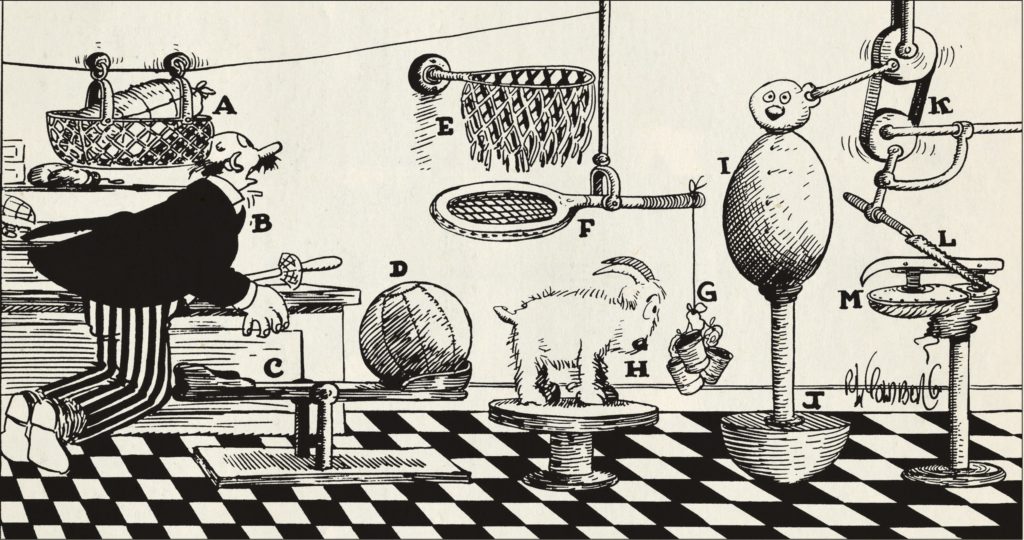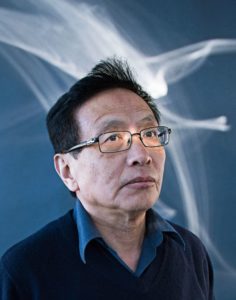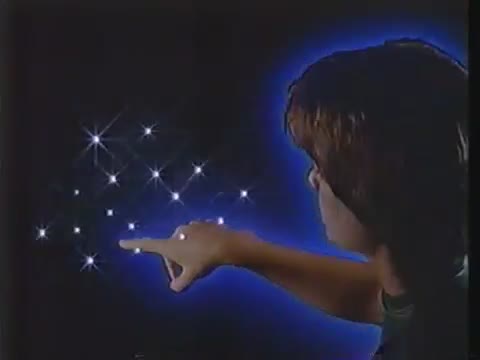As I was sweeping up notes to wind up this chapter, it occurred to me that all I’ve been saying may provoke a common debate about whether A) the artist as the individual is at the centre of everything or B) the artist is a part of a collaborative system of information and influence. I like to wonder that it’s both so I’ll do my best to briefly expose a layered spectrum on this.
What I’m doing here is not entirely a study of the individual, although that is where I find the most enticing mystery. I may sound all romantic when I speak of the essence of creative expression but words are limiting when I attempt to jimmy the baffling aspects of an individual experience in a society. And it seems to me that as much as we like to flaunt the idea of individuality, our culture is fairly resistant and clueless toward what that entails. It’s not difficult to call to mind a case where difference has been rejected. There are ideas around collectivity that create resistance as well. You may have heard opinions being thrown around like, “everything’s been done before” and “originality doesn’t exist.” Leonardo da Vinci probably heard the same things in his time while he was coming up with flying machines. Such opinions may invite us to give up on the idea of a unique creative process or rebel and take a narcissistic drive toward an idea of originality that dismisses the past— and any reactionary approach seems linked to that ego thing I brought up in part 5. When we really give ourselves up to the creative flux, we completely forget about any debate.
I’ll be mentioning a bit of an individual/collective combo experience through my own eyes but I’m not comfortable talking about the specifics of my own process. I’m fairly concerned that if I become overly conscious of it, I’ll draw it too far into the intellectual rooms and lose the staircases and gateways to the creative field. Like Tilopa said, “No thought, no reflection, no analysis, no cultivation, no intention; let it settle itself.” This is why I keep hinting at something in as many ways as I am able, hoping to bypass that ego filter that wants to measure, evaluate and grasp.

Rube Goldberg.
I can say that it was when I finally pulled back the curtains I had acquired about art and creativity that I suddenly got a full view of all of the complex interactions and relations I have with people, creatures, environments, objects and culture and how the interplay of all of these from moment to moment presents unlimited potential for interpreting novel connections. The connections I’m referring to feel much like what psychiatrist and psychoanalyst Carl Gustav Jung called synchronicity. When I say I became aware, I don’t mean that I knew where to pinpoint my attention. It’s not a concentrated focus, it’s a quiet openness to receive or recognize information. The sensation is more sprawling without reaching. For me, it’s most often like a series of occurrences unexpectedly stand out and link up like a Rube Goldberg cartoon (above) and carry me to some, both vague and distinct, urge to make something (this may look a bit like cause and effect but each occurrence is a singularity and mostly non-sensical). That physical something remains mysterious for a time until some new messages are revealed. Or not. Sometimes, an insight, idea or intuitive hit will drop in on me when I’m blow drying my hair, or brushing my teeth. This process requires an unwavering trust in the impulses or I quickly slip into a ‘thinking-doubting-contracted’ process that smothers the flow.
As far as all of the mutual information and influence I’m exposed to, it feels like the unconscious part of me constructs a vast murder mystery clue wall with multiple threads that link the interconnections. I am unaware of this collection until they seem to bubble up to the surface of my conscious awareness by their own accord (when I’ve made space for them) or could possibly be triggered by an external experience. It’s a lotta puttin’ clues together; a constellation of clues that expose a great mystery as opposed to solving one. I’ve lost the source but someone once said, “to paraphrase Ad Reinhardt, authenticity is something you bump into while you’re backing up to look at something that interests you.” What I am trying to get across is that there is more to the collective influence of the creative experience than trying to rearrange or alter existing ideas into new ones.
In this New Yorker article, The Pursuit of Beauty , Alec Wilkinson writes about a Chinese mathematician, Yitang Zhang, who solved a pure math mystery. We know there is a tremendous amount of established knowledge to build on in mathematics, but even mathematicians go beyond thoughtfully stitching old ideas together in different ways. Wilkinson writes,

Yitang Zhang. photo from https://www.newyorker.com/magazine /2015/02/02/pursuit-beauty
“In “The Psychology of Invention in the Mathematical Field,” published in 1945, Jacques Hadamard quotes a mathematician who says, “It often seems to me, especially when I am alone, that I find myself in another world. Ideas of numbers seem to live. Suddenly, questions of any kind rise before my eyes with their answers.” In the back yard, Zhang had a similar experience. “I see numbers, equations, and something even—it’s hard to say what it is,” Zhang said. “Something very special. Maybe numbers, maybe equations—a mystery, maybe a vision.”
I went down this road a bit in an earlier article but I’ll say again that this makes me wonder that we are inextricably connected to an unlimited database of information so that we do not need to look outside for answers in the form of established knowledge, authority or opinion. Having said that it’s also possible to be inspired by established knowledge, authority or opinion and honour the past, as they say. When we get excited about the (diverse) ideas of others and recognize, borrow, and/or attach connections to our particular discoveries, this helps us to expand. Like how I am sharing many authors and experiences that helped trigger connections for the content of these posts. Exposure to external ideas and things may unlock the hidden messages inside of us; parts of us that are dormant until woken up. Or maybe they create something inside of us. This is partly why Shakespeare is still a valuable source in education if it is not limited to being experienced through a singular fixed methodology that requires students to reach predetermined answers.
The latest science and ancient wisdom proposes that all is interconnected on a quantum level. As individuals with creative potential, we are at the centre of everything in the same way any star could be considered as the centre of the universe. We seem to have our own centre of being and a unique part and action in a greater mutual system of shared influences and information. It’s easy to get tangled in ideas about originality (in a narcissistic I’m better than you way) but that seems to lead to trying, legitimizing and arguing for and against. We are not creators in a vacuum (I feel like that may not even be possible) and we may never escape our connection to the collective but there is no need to if we are a one and only thread. Once we expose and give up pandering to our stagnant adopted perceptions and overly conscious efforts, there is an ease, flow, and direct contact to an inexplicable source of knowing and not-knowing. In this space we may go beyond a revisional process of piecing together existing ideas. Not that there is anything wrong with that.
“I think people try so hard to learn everything that they miss all the wonderful essentials. There is so much mystery in life that you should leave a mystery.”
-IRIS APFEL
